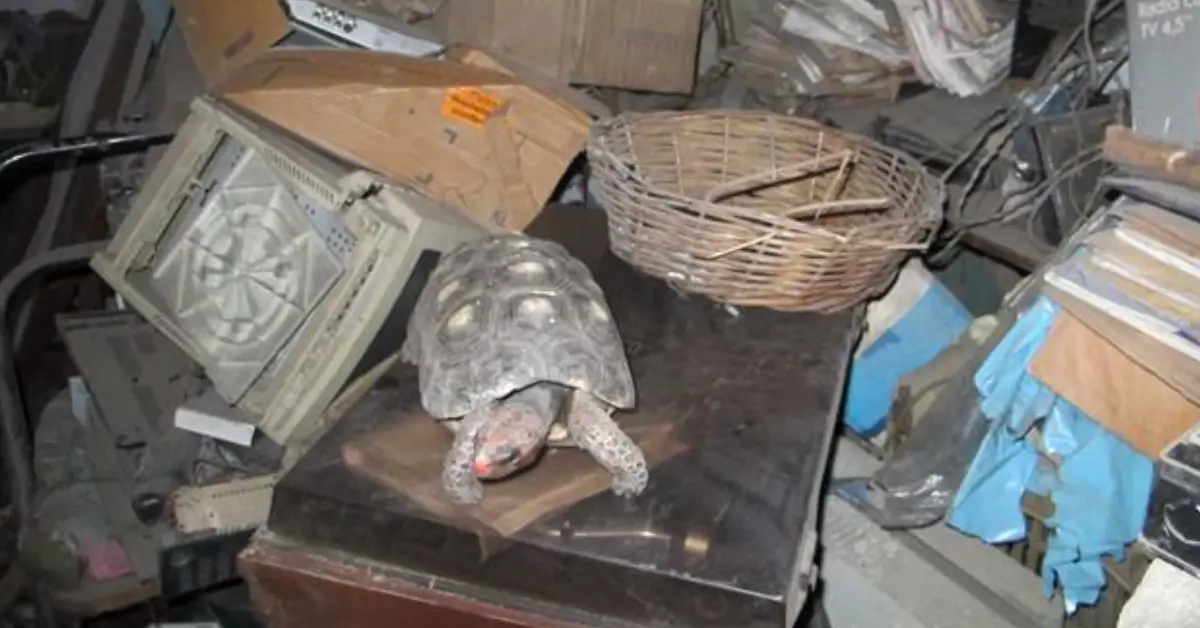A family in Rio de Janeiro, Brazil was in shock to find their missing pet tortoise after over three decades. But what’s even stranger is that the creature lived in the same house with them all this time. The tiny creature was locked in a store room for 30 years, until the family accidentally found her. Eventually, they even noticed the tortoise wasn’t a female, but a male!
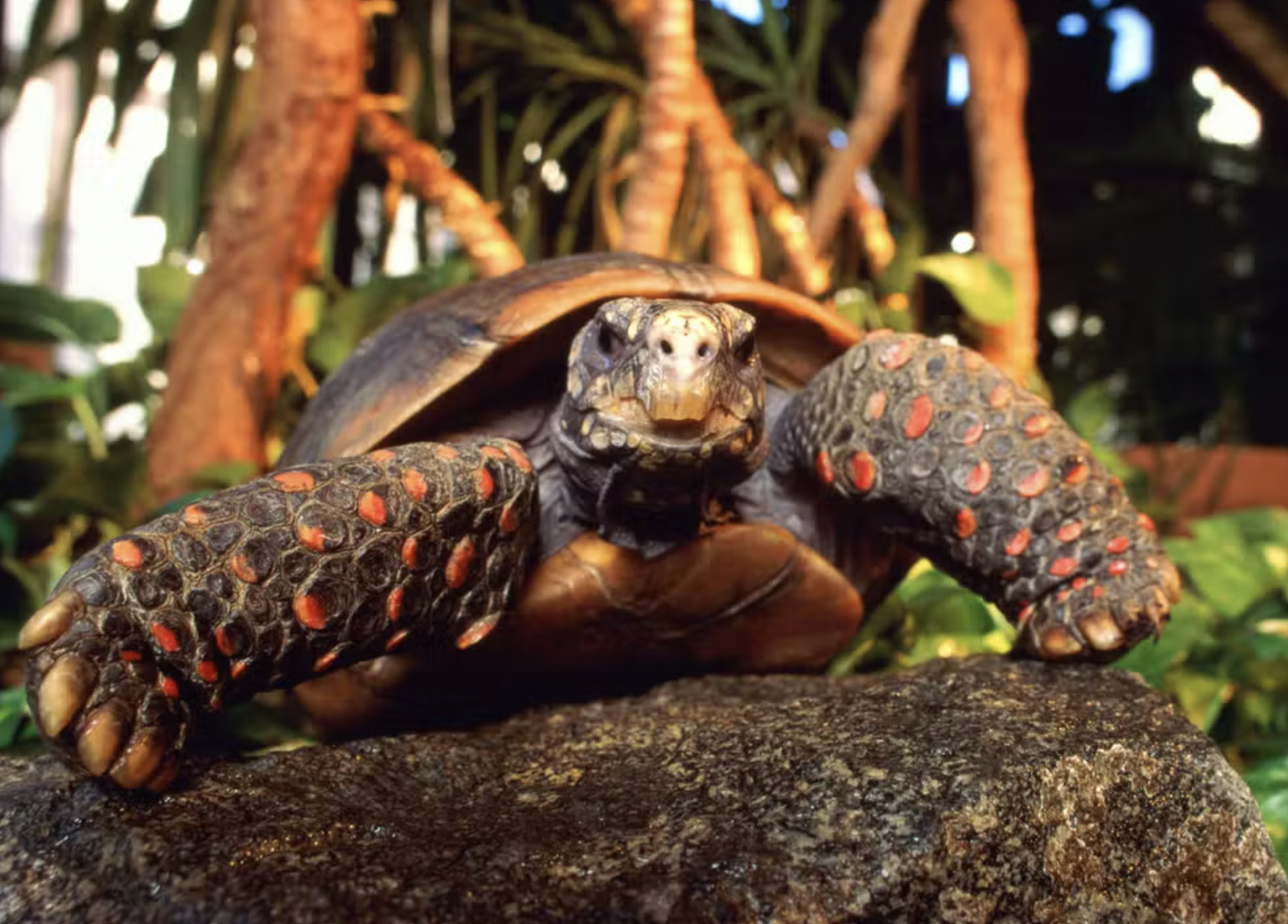
Image credits Getty Image
The last time when Manuela, the tortoise, was seen by her family, was in 1982. Back then, everyone in the Almeida family thought she had lost for good, but they were all wrong. In 2013, father Leonel passed away, and children Lenita and Leandro, decided to clean up the store room where he used to deposit all his stuff. It is when they discovered the tortoise have never been lost.
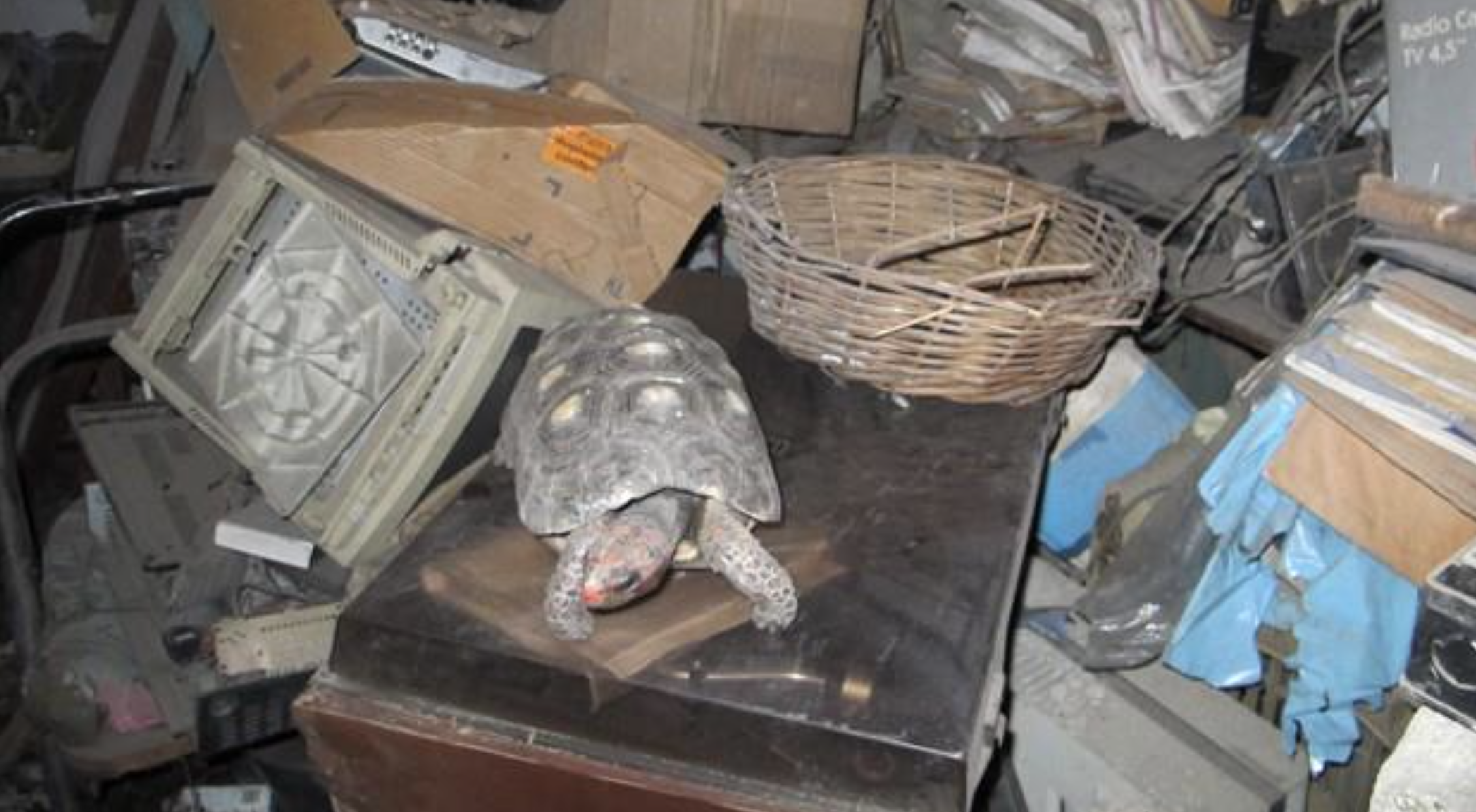
“I put the box on the pavement for the rubbish men to collect, and a neighbour said, ‘You’re not throwing out the turtle as well are you?'” Leandro Brazilian news outlet Globo G1. “I looked and saw her. At that moment, I turned white, I just couldn’t believe what I was seeing.”
The news that Manuela was found alive and well, after so many years, sent everyone in shock, especially Lenita, because she got Manuela as a gift when she was just 8-year-old.
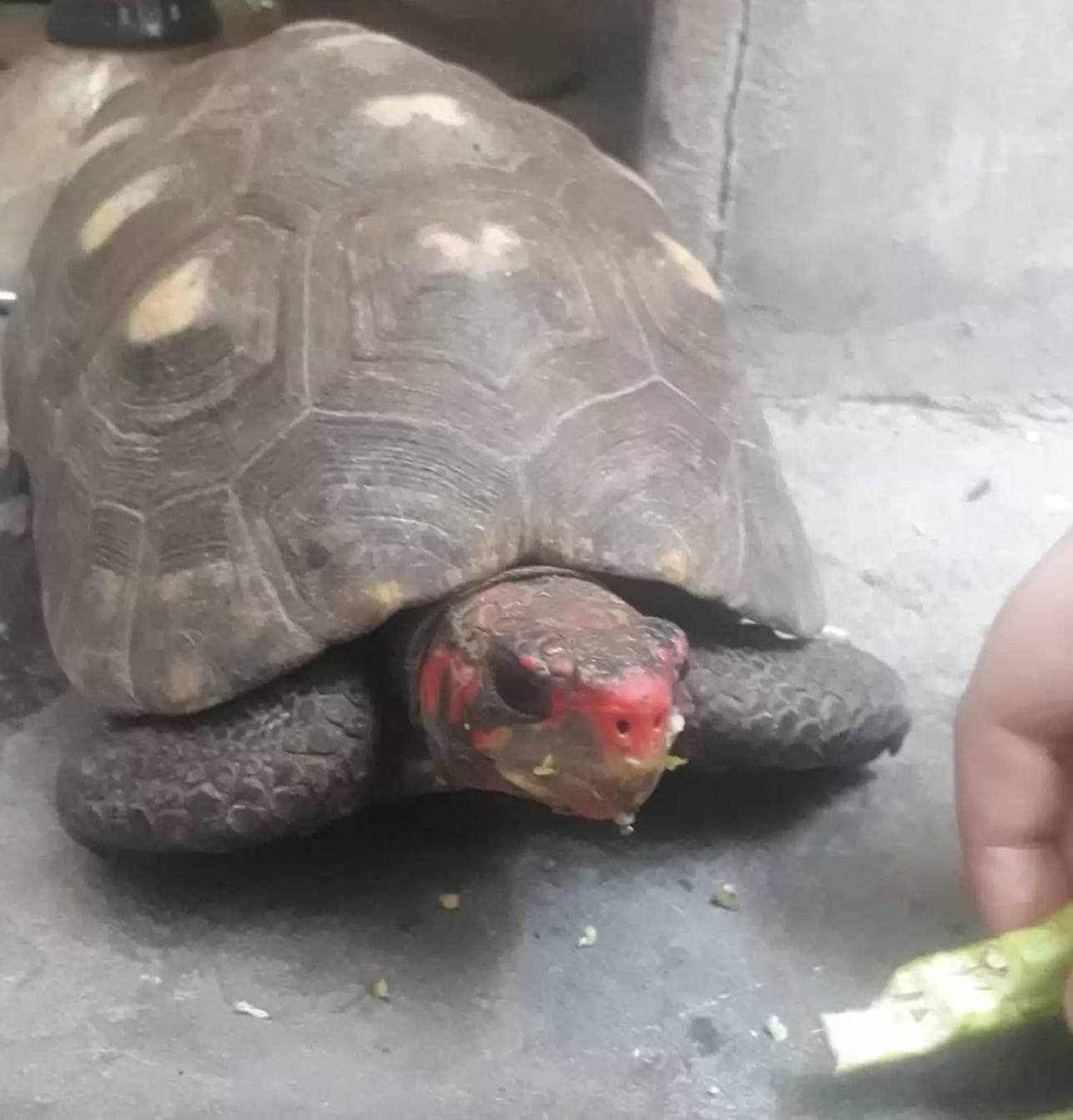
“My mom arrived crying because she didn’t believe it. They found Manuela,” Nathalye, Lenita’s daughter explained to THE DODO. “We’re all thrilled to have Manuela back. But no-one can understand how she managed to survive for 30 years in there, it’s just unbelievable.”
Of course, none of the family couldn’t believe the tortoise was still alive after so many years locked in the attic, but the big question was how did she survived. But as it turns out, the red-footed tortoises are some extremely tough creatures, and they can live nearly three year without food.
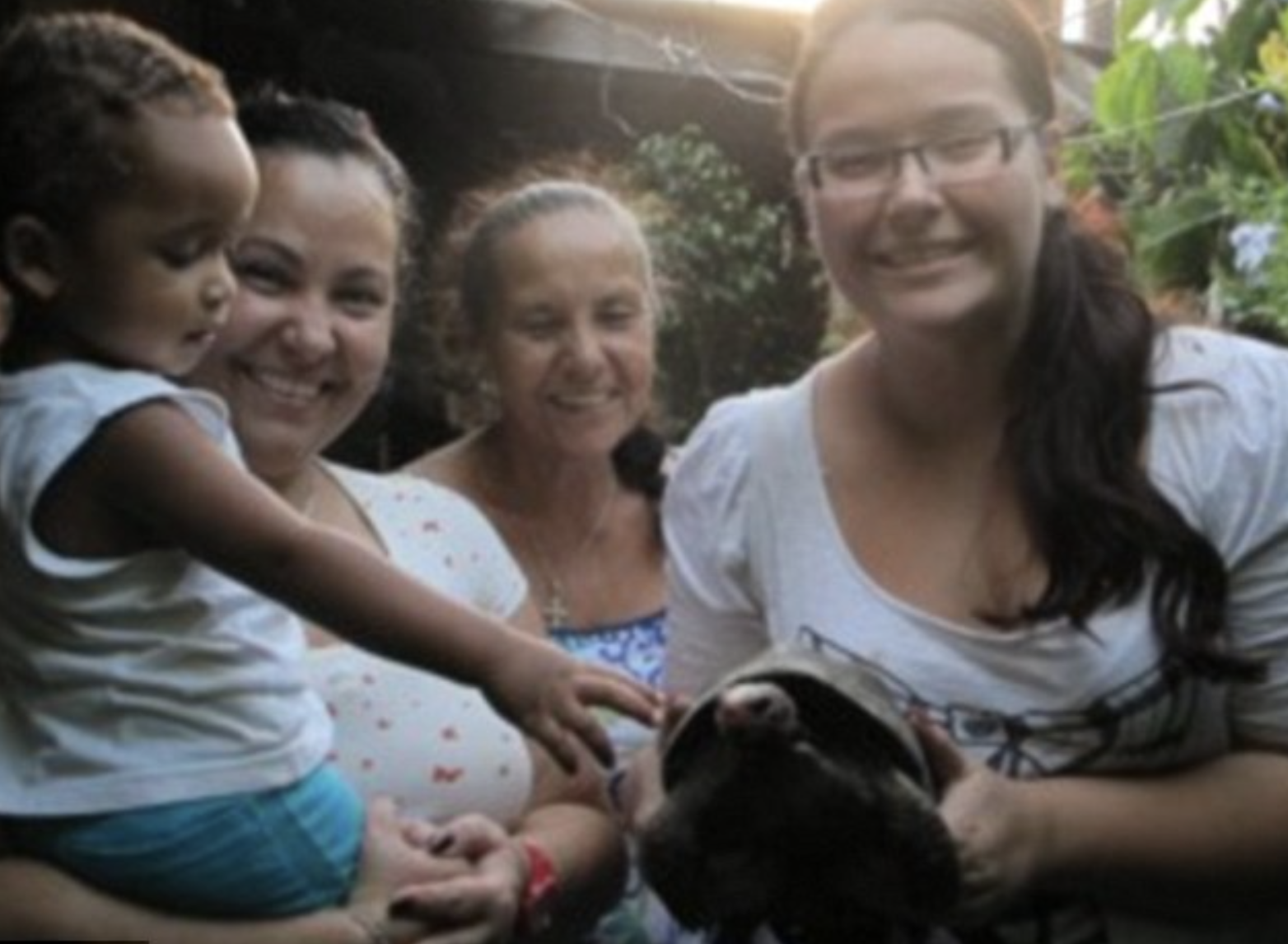
But since Manuela lived not three, but thirty years, without anyone knowing about her existence, the most plausible answer is that she survived by eating larvae from the wooden floors.
“They are particularly resilient and can survive for two to three years without food,” vet Jeferson Pires from Rio de Janeiro explained. “In the wild they eat fruit, leaves or termites.”
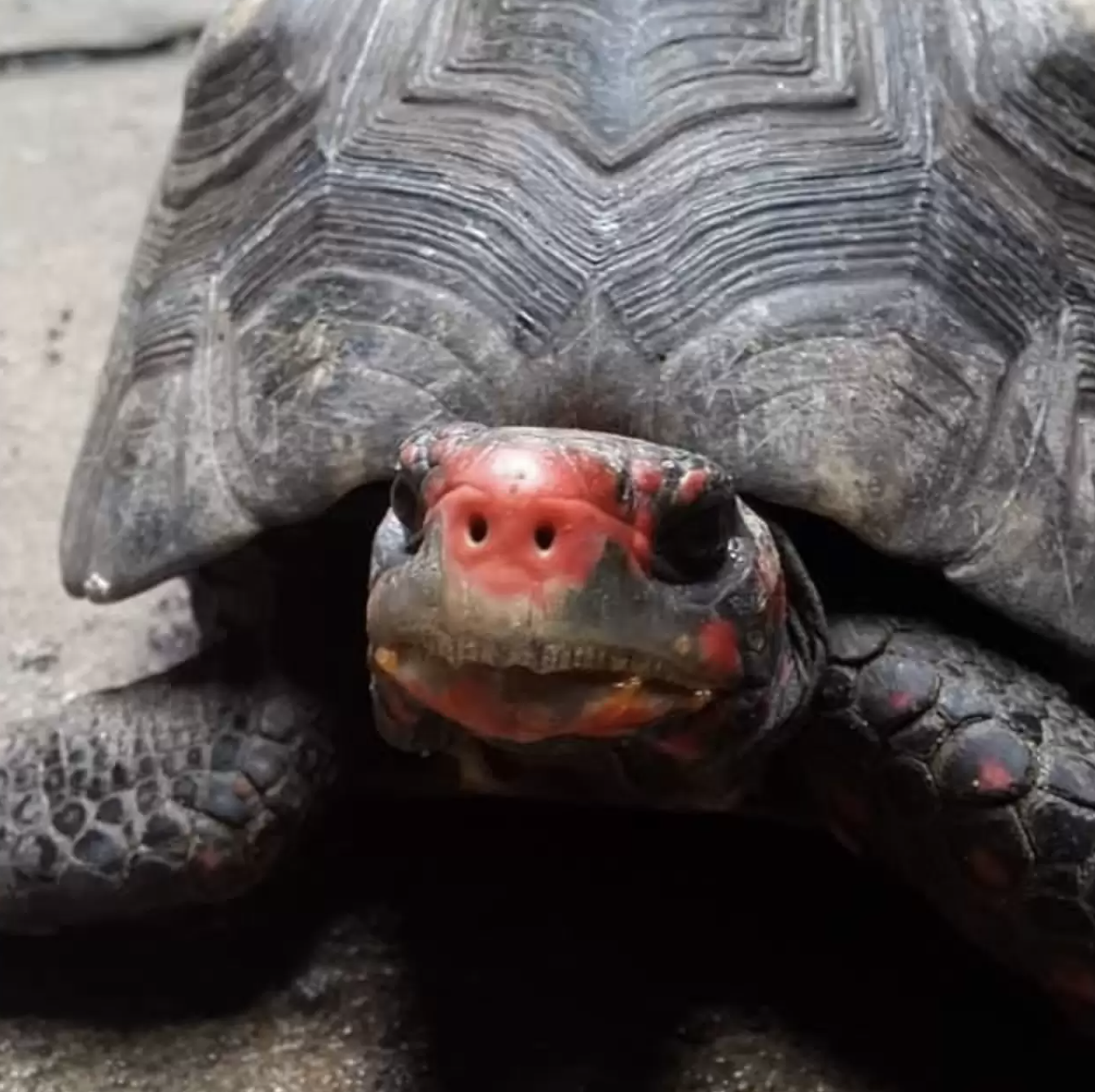
It also took 30 years for the family to notice that Manuela is actually a Manuel. It turned out the tortoise wasn’t a female as they all initially thought, but a male!

